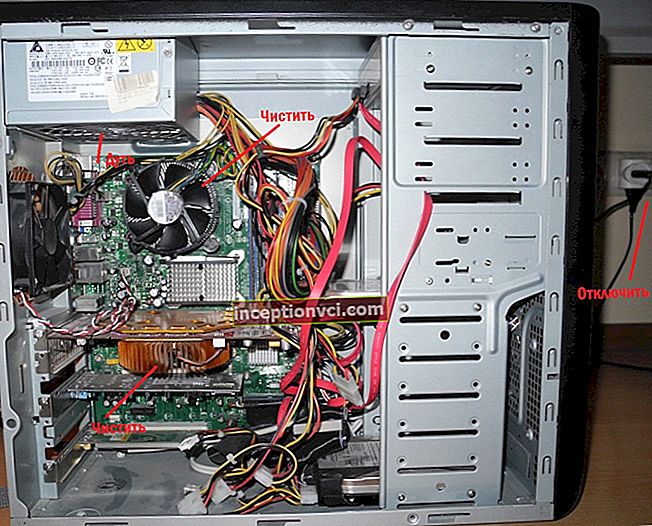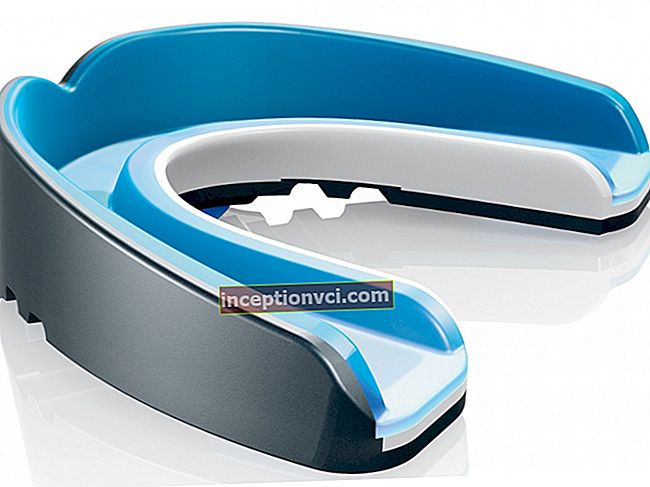There is a steady demand for processors that are in the lower and middle price segment and should not be discounted. Many users need a personal computer to study and search for information on the Internet. Any modern processor, even the most inexpensive, can handle such simple tasks. CPU companies Intel and AMD meet the needs of consumers and regularly update the line of processors in the lower and middle price segments of the market. Athlon II X2 215 is one such processor with a radically low price.

This model is of some interest for its technical characteristics. It differs from other Athlon II X2 models in its smaller L2 cache capacity, which is 512KB per core. Therefore, it becomes necessary to study in detail the question of the speed of the X2 215 processor in the normal operating mode.
Test benches.
The processor was tested in two modes of operation: in the first case, it operated at the nominal frequency, and in the second, it was slightly overclocked. In overclocking, its frequency corresponded to that of the older model in the Athlon II X2 line. All processors in this family can be overclocked in one way: by increasing the reference clock frequency. The following processors were selected for comparison: Athlon II X2 255, Athlon II X3 425, Pentium E5300 and Celeron E3300.

The first of them has twice the L2 cache and is characterized by a higher clock speed than the hero of our review. The second has three cores, the third is also characterized by a twice as large L2 cache, which is common for two cores. And the fourth one has practically the same characteristics, but its nominal frequency is 200 MHz lower. During the tests, we used DDR2 and DDR3 memory modules, the latter being preferred, but as for Intel processors, we had to use DDR2 memory for them, since they have a relatively low FSB frequency of 800 MHz. On the other hand, Athlon II processors effectively work with DDR3 memory, which is currently their important competitive advantage.



Testing.
Performance testing was carried out according to a proven methodology using licensed software. All test results are presented in the form of diagrams (the result shown by a powerful quad-core processor Core 2 Quad Q9300 is considered to be 100%).
Testing in 3D visualization mode.

It is common knowledge that 3D modeling programs have recently favored Intel processors with their advanced architecture. AMD processors are only able to withstand them if they have a noticeable advantage in the form of higher core frequencies or faster memory modules. But the models of the Celeron line of processors are significantly reduced in their characteristics compared to the powerful Intel processors in the middle price segment. Therefore Athlon II X2 215 is ahead of its more expensive rival E3300. With the help of overclocking, it even manages to reach the performance level of the older model in the line. This was largely due to the high speed of the RAM. But it did not manage to surpass the performance of the younger Pentium model.
3D scene rendering mode.

In this situation, the alignment of forces has radically changed. The performance of the Celeron processor does not allow it to compete with the less expensive rival from AMD, it is even slightly inferior to the Pentium E5300. Overclocking provides a linear performance gain, but still it did not work to catch up with the X2 255, which is similar in frequency, due to the larger L2 cache of the latter.There is no need to talk about getting closer to the performance of a three-core model, this would require overclocking the processor to a frequency of 4 GHz and higher. It is practically impossible to achieve such indicators under normal conditions without the use of special means.
Modes of scientific and engineering calculations.

In these tests, the three-core model has no advantage, but the increase in speed and decrease in memory latency provides a noticeable increase in the performance of processors. In overclocking, a near-linear performance increase is observed, and the advantage of more expensive models in the amount of cache memory also noticeably affects the results. In general, given the low retail price, the X2 215 performed well during these tests.
Raster graphics mode.

In such applications, Intel processors have some advantage. As you know, these programs are more favorable to the Core 2 architecture, as a result of which even Celeron shows decent results. The Pentium is out of competition, with the three-core model from AMD only slightly behind, which is affected by the partial optimization of these applications for multithreaded computing. It is quite obvious that the X2 215 at the nominal frequencies is not able to compete with the other three processors.
Data compression mode.

The cache size is limited, and the maximum frequency of DDR3 memory is 1066 MHz, so it would be naive to expect the model to show a record result in data archiving tests. Nevertheless, the processor is slightly ahead of the Celeron E3300. Overclocking somewhat improves the situation, thanks to it, the indicators are close to the average level.
Compilation.

Visual Studio is highly optimized for all modern productivity enhancements. The highest priority among them is a larger number of CPU cores, so it is not surprising that Athlon II X3 425 is out of competition in this situation. Linear growth is observed due to the large number of cores and high memory bandwidth. The larger cache also has a positive effect on the results, so even the overclocked X2 215 lags far behind the older model in the line, despite the fact that it has exactly the same clock speed. But nevertheless, it coped with its main task, significantly exceeding the performance of the Celeron E3300.
Java.

The Java virtual machine is undemanding to the cache size, so it is not surprising that the hero of our review, working at the nominal frequency, outperforms the Pentium E5300, and lags behind the X2 255 by only a few percent in overclocking. high productivity.
Audio encoding mode.

For audio codecs, the cache capacity is not at all critical, but they are known to favor Intel processors and in order to compete with them, it is desirable to have either an additional core or a significantly higher frequency. Having neither the one nor the other, the X2 215 is inferior to all three of its rivals. However, it should be noted that the level of performance of any modern processor in audio coding is absolutely sufficient for home use.
Video encoding mode.

Video codecs consume a lot of resources and, importantly, they do not have any preferences for a particular processor architecture. As a result, the operating speed of the X2 215 is similar to that of the Pentium processor. But it becomes quite obvious that users who plan to seriously engage in video should turn their attention to processor models with a large number of cores, the advantage of which over dual-core CPUs in applications of this kind is undeniable.
It should be noted that AMD has a strong trump card in this game, namely the integrated 785G chipset, which takes over the video transcoding function, thereby removing the load from the central processor. In the course of previous tests, it was found that this chipset in conjunction with a dual-core X2 250 copes with transcoding video files perfectly.It takes about the same time as the inexpensive four-core Athlon II X4 630. On the Intel platform, this is also possible, but only with the help of a discrete video adapter. As for hardware acceleration of video transcoding in systems with integrated graphics processors, this is the prerogative of Socket AM3. The only exception to the rule is the NVIDIA GeForce9400 and GeForce 9300 chipsets, which are not widely used. This operation is also supported by modern discrete AMD graphics cards. The performance of their GPUs is an order of magnitude higher than that of any central processor.
Game 3D mode.

The performance of all three models of processors from AMD is at a good level, which is remarkable, because the inexpensive triple-core X3 425 is in the favorites, which demonstrated decent performance even in the heaviest graphics applications. Nowadays, in order to comfortably play resource-intensive games, it is necessary to have not only a powerful video card, but also a powerful three or four-core processor.

Conclusions.
It should be noted that in general the AMD Athlon II X2 215 processor demonstrated good performance results for a product in the lower price category. In almost all tests, it outperformed the competing Celeron model, which costs a little more. This is a very good option for assembling an economical and quiet system for studying and searching for information on the Internet.









